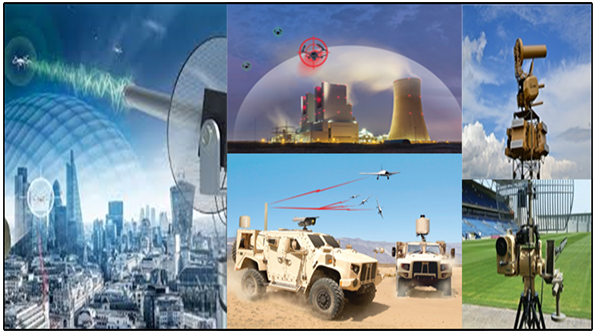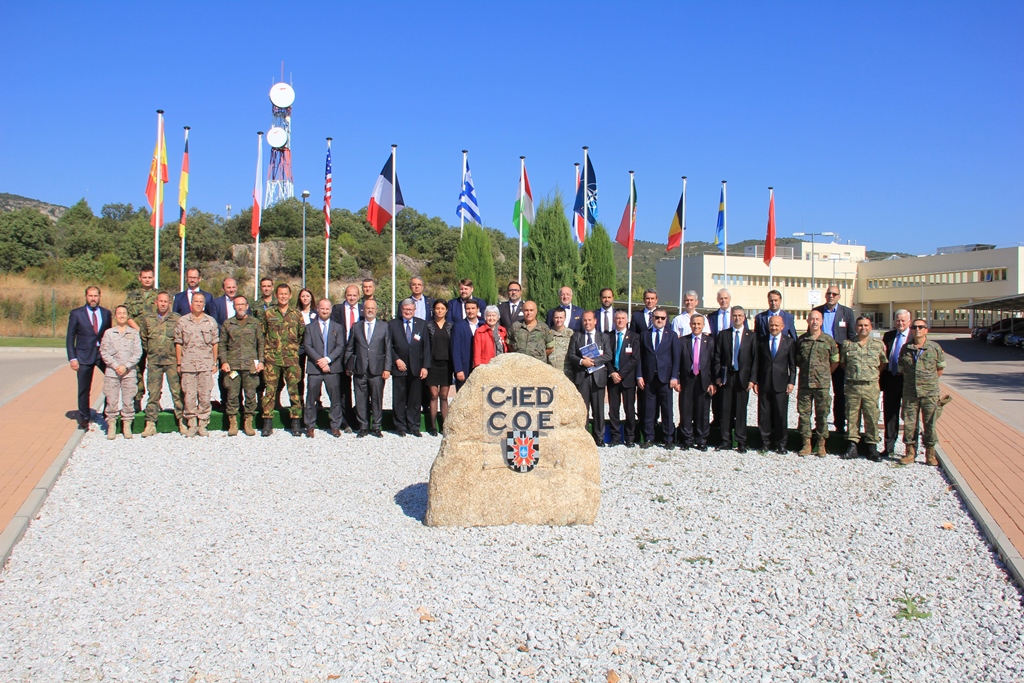 NATO Parliamentary Assembly, visit to the C-IED CoE.
NATO Parliamentary Assembly, visit to the C-IED CoE.
Last 26 and 27 September, 2018, a delegation of the Defense and Security Committee of the NATO Parliamentary Assembly made an official visit to Spain with the dual purpose: participate in the "Global SOF Symposium-Europe", held in Madrid and visiting various agencies and military units of interest, amongst which the Combined Air Operations Centre (CAOC) in Torrejón de Ardoz and the C-IED CoE. On Thursday, 27 September 2018, the delegation of the NATO Parliamentary Assembly visited the Counter - Improvised Explosive Devices Centre of Excellence (C-IED COE), located in Hoyo de Manzanares (Madrid). The NATO Parliamentary Assembly is the organization that brings together parliamentarians from NATO member countries and other partner Nations. Headquartered in Brussels (Belgium), its “ raison d ' être” is – although institutionally seperated from NATO- to serve as an essential link between NATO and the parliaments of the NATO nations. It provides greater transparency of NATO policies, and fosters better understanding of the Alliance’s objectives and missions among legislators and citizins of the alliance. During his visit to the C-IED CoE, the Delegation received a briefing about the Center, its objectives and activities. In this presentation, the Director of the C-IED COE stressed two fundamental aspects: 1. The fight against the improvised explosive devices has gone from being a succession of specific events, to an inherent and inseparable part of any future operations scenario. 2. C-IED fight is carried out at all levels of society, including the political level. The Director addressed his audience: “You are able to configure the future strategic fighting scenario where NATO will operate in relationship to C-IED with your vision and your support”.
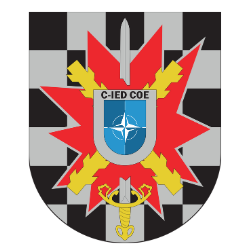
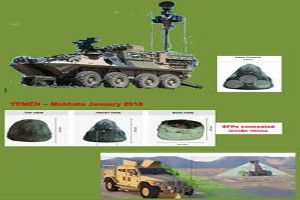 NATO STO research TG.
NATO STO research TG.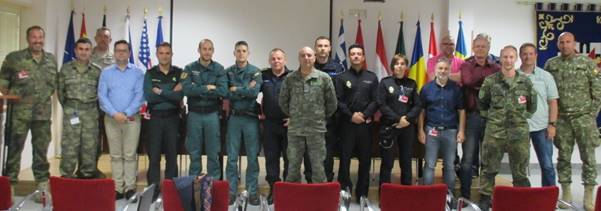 ATIX.
ATIX.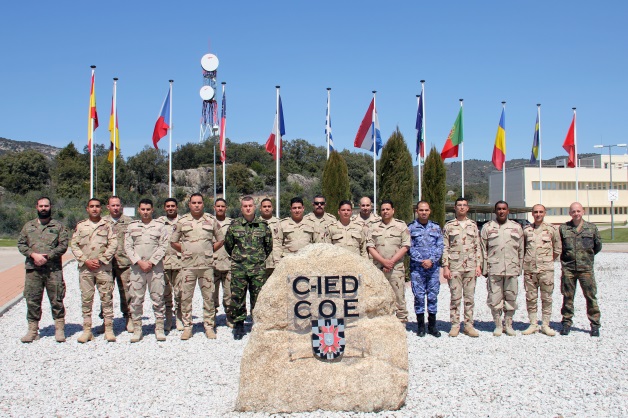 BIFEC.
BIFEC.